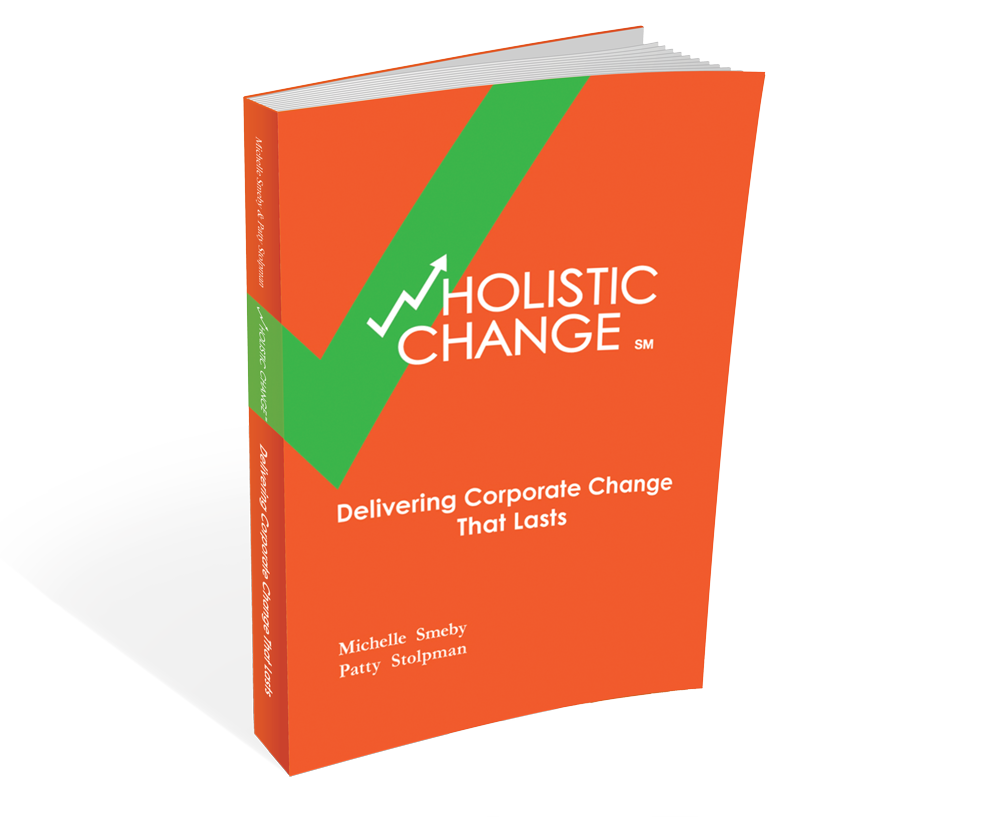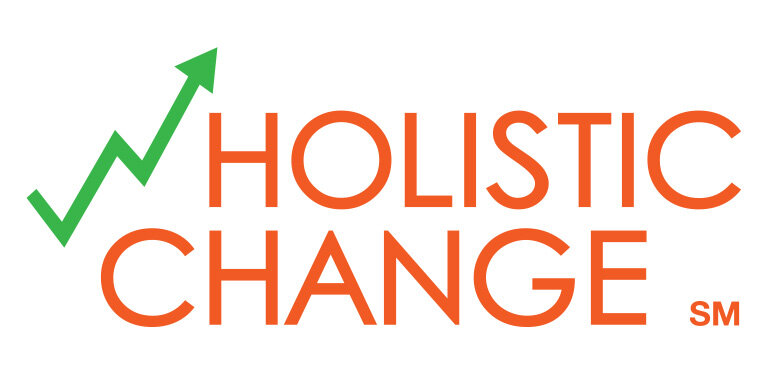In August of last year I blogged about airlines adopting iPads based on the business value of using technology to save money and keep their staff up-to-date on the information they need to do their jobs. This has turned into an excellent example of monitoring the change to determine whether your plans needs to change. From April 2nd's Wall Street Journal:
American Airlines was an early adopter of tablet computers. As a result, it learned a lot about how best to use tablets—and where it could go wrong.The airline, for instance, figured out early that one device would not fit all. The pilots wanted high-end tablets, to replace paper charts and such, while mechanics and engineers needed something more rugged. For flight attendants, small and light were key. Meanwhile, to its first- and business-class passengers, the airline lent models that played new movies without risk of illegal copying."When you're in a conference room, you might think, 'This is great,' " says Maya Leibman, chief information officer for American, owned by AMR Corp., about the airline's effort to choose models that worked for everyone. "But then you get out in the field and realize it doesn't work in a driving snowstorm."
As a change agent, establish your continuous improvement process to get direct feedback from all of your stakeholders in the field as to how the change is working, and how it is not. Listen to your employees, and be willing to adjust as you learn more about the true impact of the change. This will ensure that the people affected by the change get the tools they need to deliver the best services to your customers, and boost employee morale by knowing that their voices are heard and that their opinions are valued.

